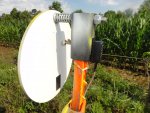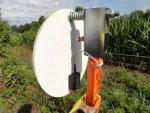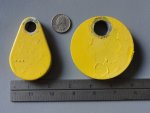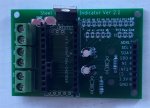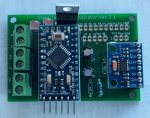I am developing a device that will detect hits on steel targets and send a signal to a unit that the shooter has next to him. It will use a microcontroller and and Lora modules to transfer the data to a unit that is next to the shooter and will have a LED that lights up and a buzzer that sounds when a hit is detected. The LED and buzzer will be on the unit at the shooter's position.
When I finish the unit I am looking for someone who can test it for me at 1K yards (or more if you have a range that goes that far) and write reports on how it worked for you, what features you would like added and what issues you see. In return you can keep the test unit as well as receive a finished production model. It will take me a while to finish the unit but I wanted to ask if anyone was interested in helping when the work is done.
When I finish the unit I am looking for someone who can test it for me at 1K yards (or more if you have a range that goes that far) and write reports on how it worked for you, what features you would like added and what issues you see. In return you can keep the test unit as well as receive a finished production model. It will take me a while to finish the unit but I wanted to ask if anyone was interested in helping when the work is done.

